For pet owners, maintaining a clean home while living with furry companions can feel like an endless battle. Shedding fur clings to every surface, stubborn odors seem to settle into fabrics, and the constant need for disinfection looms large. Yet achieving a fresh, hygienic living space doesn't require surrendering to chaos or banishing pets to the yard. With thoughtful strategies tailored to animal households, it's entirely possible to coexist comfortably with four-legged friends without compromising cleanliness.
The relentless spread of pet hair demands a multipronged approach. Traditional vacuuming often proves inadequate against the sheer volume and tenacity of clinging strands. Instead, consider employing rubber-bristled brooms or specialized pet hair removal tools that create static electricity to lift fur from carpets and upholstery. For hard surfaces, slightly damp microfiber cloths capture hair more effectively than dry dusting. Don't neglect often-overlooked hair traps like HVAC vents and the undersides of furniture, where massive hair accumulations can affect air quality and become breeding grounds for dust mites.
Odor elimination presents unique challenges in pet households. Unlike masking scents that merely cover smells, enzymatic cleaners break down the organic compounds causing persistent odors at their source. Pay particular attention to odor reservoirs like pet bedding, which should be washed weekly with additive-free detergents to avoid skin irritation. For carpeted areas where accidents occur, immediate treatment with a mixture of white vinegar and baking soda can prevent permanent odor setting before professional-grade cleaners are applied. Air purification systems with HEPA and activated carbon filters work continuously to remove airborne dander and neutralize smells rather than recirculating them.
The distinction between routine cleaning and proper disinfection becomes crucial in homes with pets. Many common household disinfectants contain ingredients like phenols that are toxic to animals. Instead, opt for veterinary-approved alternatives such as accelerated hydrogen peroxide solutions that remain effective against pathogens while being safe for use around pets. Focus disinfectant efforts on high-traffic pet zones - food bowls should be sanitized daily, litter boxes scrubbed weekly with pet-safe bleach alternatives, and play areas wiped down regularly. Remember that over-disinfection can disrupt animals' sensitive olfactory systems, so strike a balance between hygiene and their natural needs.
Seasonal considerations dramatically impact pet-related cleaning requirements. Spring shedding seasons may necessitate daily brushing sessions outdoors to intercept loose fur before it infiltrates your home. Humid summer months often intensify pet odors and accelerate bacterial growth, calling for more frequent bedding changes and dehumidifier use. Winter brings its own challenges as tracked-in salt and snow-melting chemicals require paw-wiping stations at every entrance. Adapting your cleaning rhythm to these seasonal shifts prevents overwhelming accumulations and maintains consistent standards year-round.
Furniture and fabric selection plays an underappreciated role in manageable pet maintenance. Performance fabrics with tight weaves resist hair penetration far better than porous materials, while leather and faux leather surfaces allow quick hair removal. Removable, machine-washable covers transform difficult cleaning jobs into simple laundry tasks. Strategic placement of washable throws in pets' favorite lounging spots creates easily maintained barriers between animals and permanent furnishings. These material choices don't mean sacrificing style - many modern pet-friendly fabrics rival conventional options in aesthetics while offering superior practicality.
Long-term cleanliness stems from establishing preventative habits rather than reactive deep cleaning. Implementing a "paws at the door" policy with accessible cleaning stations reduces dirt and allergen spread. Consistent grooming schedules tailored to your pet's coat type minimize loose hair fallout. Designated pet zones containing messes to controllable areas rather than letting them disperse throughout the home. These proactive measures, combined with understanding your specific pet's shedding patterns and hygiene needs, transform what might seem like constant cleaning into a manageable routine that preserves both domestic order and animal welfare.
Ultimately, pet ownership and home cleanliness aren't mutually exclusive concepts but rather complementary priorities requiring informed approaches. By moving beyond generic cleaning methods to adopt pet-specific techniques, households can enjoy the companionship of animals without living in their mess. The solutions exist not in fighting against nature but in working with it - through smart product choices, adapted routines, and an understanding that our standards of clean must make room for the joyful realities of life with pets.
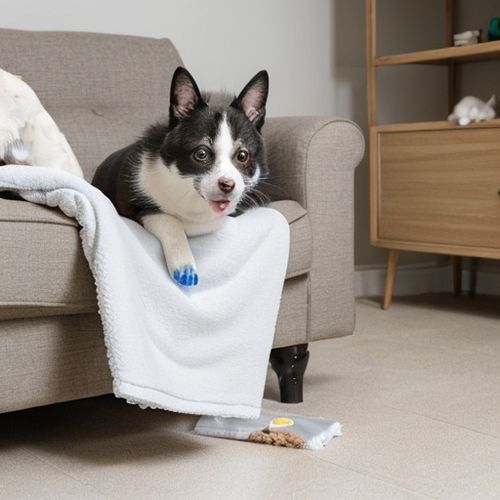
By Thomas Roberts/Apr 25, 2025
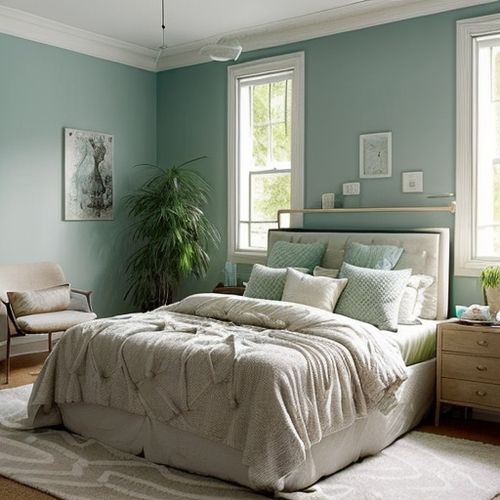
By Daniel Scott/Apr 25, 2025

By Thomas Roberts/Apr 25, 2025
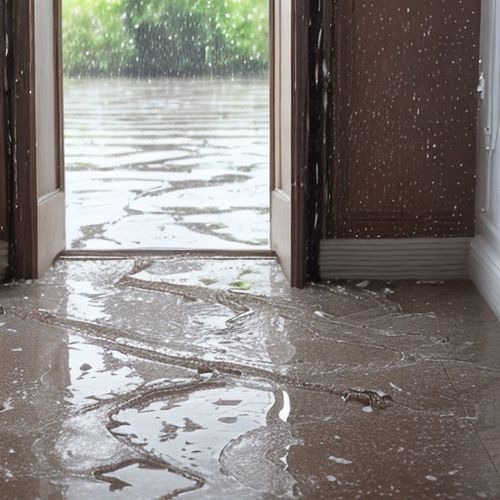
By Daniel Scott/Apr 25, 2025
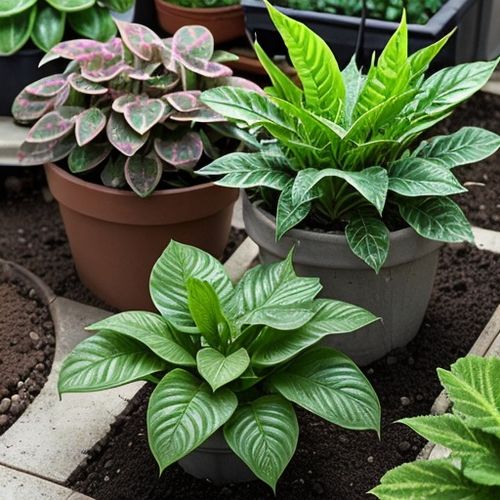
By Lily Simpson/Apr 25, 2025

By Megan Clark/Apr 25, 2025
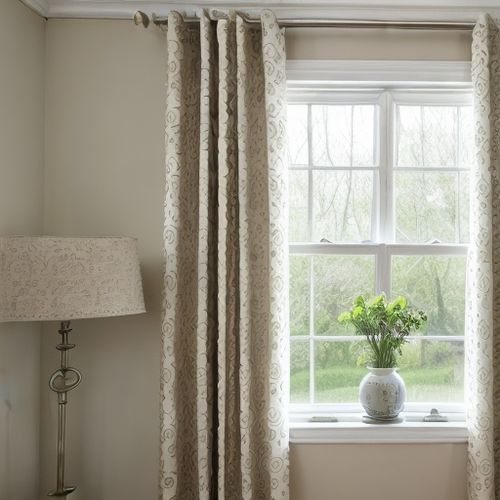
By Christopher Harris/Apr 25, 2025
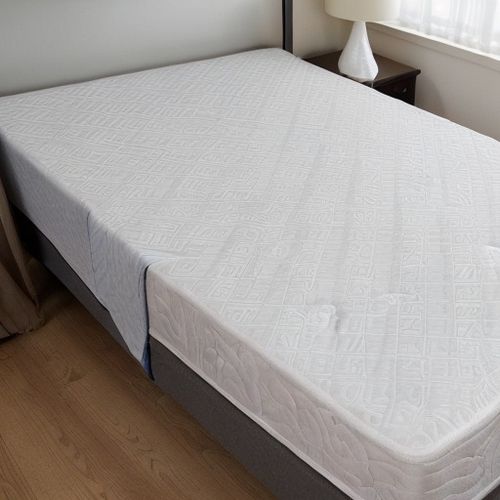
By Amanda Phillips/Apr 25, 2025

By John Smith/Apr 25, 2025
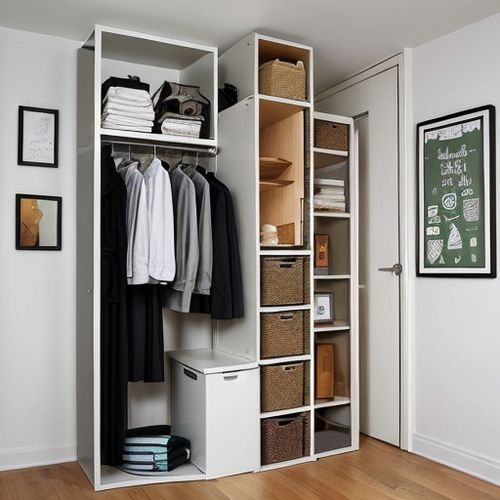
By Michael Brown/Apr 25, 2025

By Daniel Scott/Apr 25, 2025

By Olivia Reed/Apr 25, 2025

By Elizabeth Taylor/Apr 25, 2025

By James Moore/Apr 25, 2025
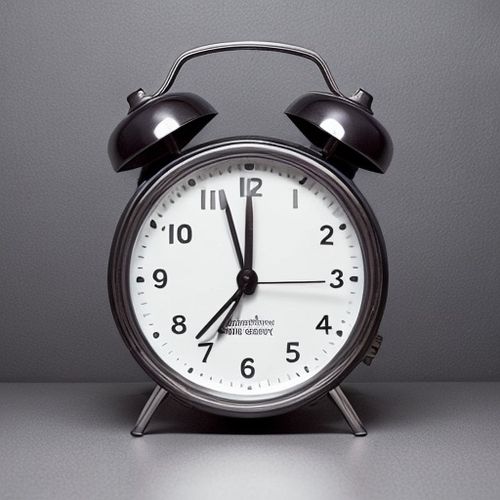
By John Smith/Apr 25, 2025

By William Miller/Apr 25, 2025

By Daniel Scott/Apr 25, 2025

By Emma Thompson/Apr 25, 2025

By James Moore/Apr 25, 2025
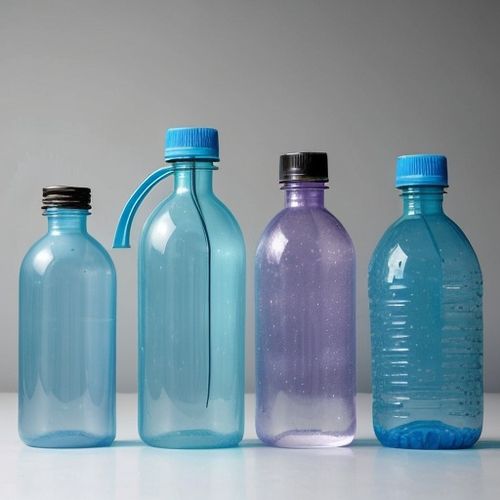
By Ryan Martin/Apr 25, 2025